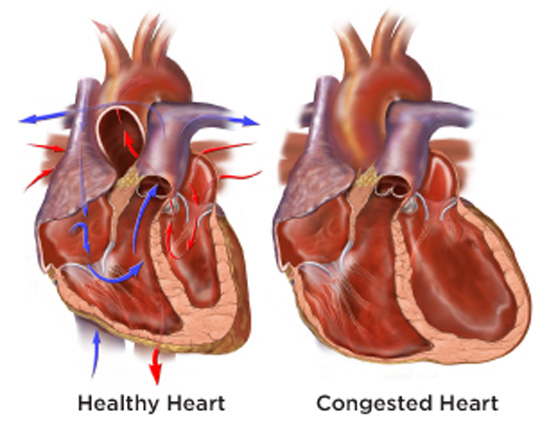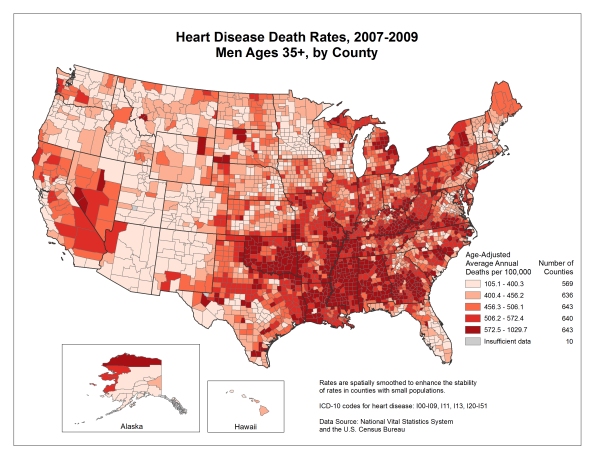| SHB:
Heterogeneous Large-Scale Telemedicine for Cardiology Patients |
NSF IIS-1231680 |
Project Introduction
Cardiovascular disease is a major health problem and the leading cause of death in the United States. Among the most serious of the cardiovascular diseases is Congestive Heart Failure (CHF), a chronic debilitating disease, affecting 5.7 million Americans. Management of CHF requires that the patient adhere to a sometimes complex medication schedule and incorporate stringent lifestyle changes such as fluid and dietary restrictions as well as activity limitations. The health of patients with CHF is fragile and the patient’s condition changes quickly, often requiring frequent hospitalizations. Given the prevalence of this disease and the economic burden of hospitalization, there is growing interest in developing telemedicine technologies to help patients better manage and treat this disease in the home.Diverse technologies have been developed for monitoring CHF patients at home. Researchers have accumulated abundant knowledge for designing various monitoring and processing components of telemedicine systems. These components and systems have been tested in a number of small scale health programs and hospitals. However, due to the intrinsic isolation among different telemedicine components, there lacks effective and efficient ways to seamlessly collect data of interest. On the other hand, due to the divergence between general patient models in theory and highly diverse patient population in practice, there lacks fundamental understanding of collected data given each patient’s specific physiologic state. As a result, current systems suffer from incomplete or inaccurate data, and may not provide patient-specific smart clinic decision support. This severely limits the quality and scalability of such telemedicine systems. Such issues call for new research solution. The goal of this proposal is to seamlessly integrate heterogeneous telemedicine components for a much larger patient population through systems of systems. To accomplish the task, this work aims at:
1. addressing a fundamental challenge for the architecture of telemedicine systems - heterogeneity;
2. proposing the design of unified telemedicine systems with a set of enabling new technologies;
3. designing and implementing a home care telemedicine system for CHF as reference implementation to evaluate our design in real-world scenarios.

